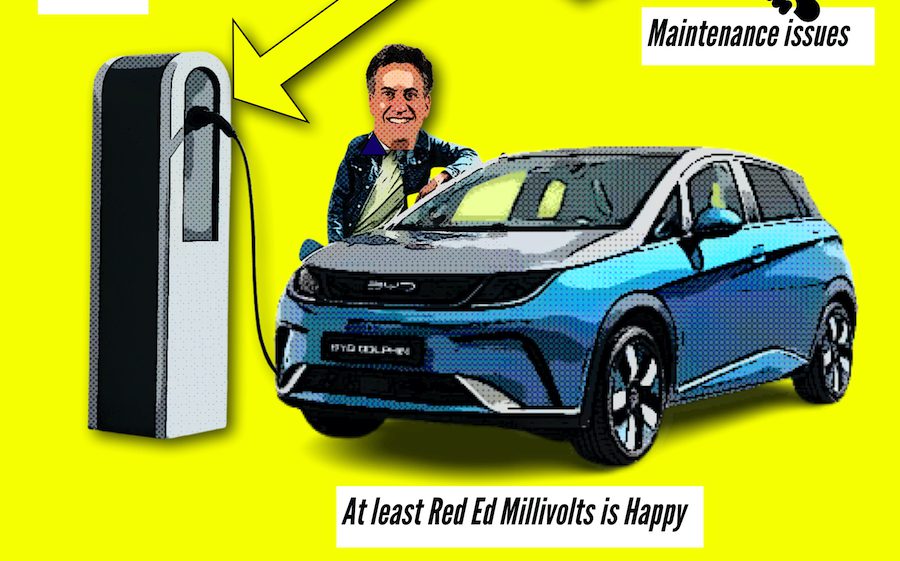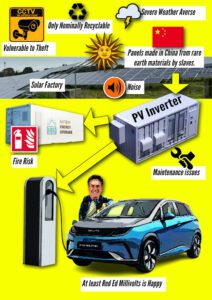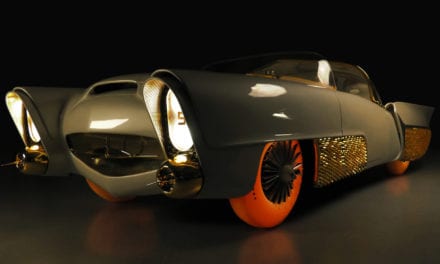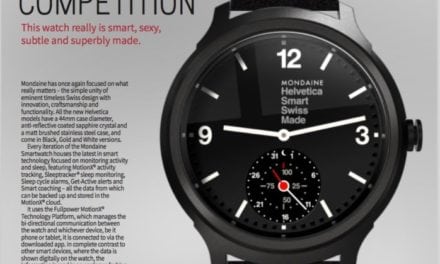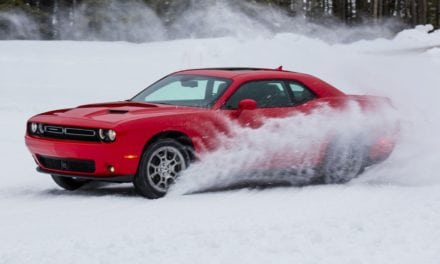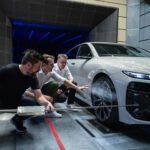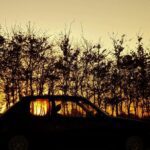Red Ed Millivolts Needs Solar Factories to charge up his BYD Dolphin
I now live in the village of the damned. Damned to be blighted by thousands and thousands of Chinese made solar panels. Prime agricultural land will be given over to these things and the end game is, zero countryside.
Fighting against this is now my priority and it really ought to be yours. Here is a brief not strictly about cars although there are Freedom of Information Requests going on in the background to all this. Names will be changed to protect identities, but Red Ed Millivolts remains the anti-superhero behind it all.
I have asked several times which electrical vehicle he has been shamed into buying and heard nothing back from his team. He could have a Tesla of course, or possibly a G-Wiz. For the sake of low level amusement let’s decide it is a Chinese built BYD Dolphin, until they tell me otherwise.
Without wanting to be at all political, the entire ruling class have been behind this ill thought out massacre of the countryside and are doing precious little to stop it now. There have been meetings and I will cover those in another story I think what we need to understand first is, what am I actually moaning about?
I volunteered to compile a fact sheet for local consumption I struggled to be at all neutral, although that was part of the brief. There is no on the fence stuff position with mass solar farms, which is why they should be called factories and referred to as Solar Harms whenever possible. The thing is, some of those previously controversial positions, that the majority of solar panels are made in China by slaves, is now accepted by even those who are rather keen on their mass adoption as being something of a drawback.
Solar Harms
Solar farms are vast areas that generate electricity using photovoltaic (PV) and solar thermal system…
So how did we get here?: According to guidance issued by the last Conservative government, local councils were advised not to grant planning permission for new solar farms on prime agricultural land if they pose a threat to food security. These so called mega-farms are all designated as nationally significant infrastructure projects (NSIP), where sign-off is undertaken by a minister of state, rather than left to local authorities.
The government insists that each development proposal “will continue to be subject to thorough scrutiny, which means our plans to boost solar power and energy security do not risk the UK’s food security”.
A National Policy Statement published in early 2024 made clear that, where possible, solar developers should target brownfield sites, previous industrial land, or contaminated land for solar farms so that Best and Most Versatile (BMV) farmland mostly Grades 1 to 3a – should be avoided, but all that changed along with the government in July 2024.
The official line from the Department for Energy Security and Net Zero, lead by Ed Miliband, is that BMV farmland is still protected. However, he quickly signed off three large sites in the east of England, Mallard Pass in Rutland and Lincolnshire, Sunnica in Suffolk and Cambridgeshire, and Gate Burton in Lincolnshire.
Which brings us to the RWE proposal (A German company) for High Grove Solar Farm: which they claim will provide 720MW of energy – enough to power the equivalent of 363,000 typical UK households each year. Significantly these won’t be in Norfolk. They will be charging Ed Milliband’s BYD Dolphin in North London.
Back to Solar Panels which are Dependent on the Sun: (obviously) Solar panels generate the most when the sun is at its highest — at midday during summer. Power generation significantly tapers down after the peak. Also, rain, smoke, fog, hail and snow can limit the power generation capability of solar farms by blocking the sun or damaging solar panels. So you wonder why they would be located anywhere but the sunniest locations in Europe such as Malta, Greece, Spain, Portugal and Cyprus averaging 3,000 hours of sunshine each year.
Made in China: With 84.6% of Global Production according to The International Energy Agency (IEA) China is also the major producer of raw materials used for the production of solar panels. 99% of any solar panel is produced from 7 different raw materials. These are silicon, which makes up 75 to 85 percent of the panel, glass, aluminium, EVA, copper, silver and a back sheet, which is made from a combination of polymers.
From Rare Earth Materials: including Cadmium telluride (CdTe) and copper indium gallium deselenide (CIGS).
By Slaves: The global production of solar panels is using forced labour from China’s Uyghur Muslims in Xinjiang province, according to research carried out by Hallam University in Sheffield. Xinjiang produces about 45% of the world’s supply of the key component, polysilicon.
Are nominally recyclable: In the UK, the solar industry must legally ensure PV panels are collected and recycled to prevent landfill disposal. The Waste Electrical and Electronic Equipment Regulations 2013 where such waste is defined as e-waste. This means that manufacturers are bound by law to fulfil specific legal requirements and recycling standards. Producers of PV panels are responsible for the disposal and recycling of the modules they sell. The bulk of solar panels can be recycled – in fact, the aluminium frame, cables, junction box, glass, cells and circuit material are all reusable, however taking them apart is a specialist undertaking. Other than just leaving them to disintegrate in situ, transforming them into insulated dog houses or fences are other options.
Make a noise: This comes from the inverters and the transformer. A study* found that the average noise at 10ft from the inverter face ranged from 48 decibels to 72 decibels. At 150ft the study showed that typically the noise didn’t exceed background levels *STUDY OF ACOUSTIC AND EMF LEVELS FROM SOLAR PHOTOVOLTAIC PROJECTS by the Massachusetts Clean energy centre. The thing is that isn’t the end of the noise, in January 2025 in Suffolk Virginia
Neighbors who live next to the Stratford Solar Project off White Marsh Road are growing increasingly frustrated with the high-pitched noise emanating from the project. “The noise, quite frankly, is driving me nuts,” said Nick Creasy, who lives across the street from it. The property used to be a cattle farm but became a solar farm about two years ago, the Neighbors said. Transformers and inverters associated with the project produce noise throughout the day. “It sounds like you’re living in a machine shop,” said Creasy.
Can be affected by severe weather: In 2021, Storm Arwen wreaked havoc at a solar farm near Wolviston, smashing hundreds of glass solar panels and damaging rows and rows of photovoltaics.
May have maintenance problems: According to Allianz Insurance in September 2023 Micro-cracking, or micro-fractures, can occur in solar panels when panels are subject to strong wind forces. The silicon used is very thin and when it expands and contracts, or when it’s damaged by wind or falling debris, it can crack, making the panel less efficient at absorbing light and storing energy. Dust and water may also travel into the cracks, further harming the effectiveness of the panels.
Are vulnerable to Theft: Allianz also pointed out that they are often located in remote, rural areas where police response times are slow, so a robust approach to security is essential. Panels and cables offer a relatively easy, and high value target for thieves, and in 2019, £900,000 worth of solar panels were stolen from sites in Wales, resulting in serious financial losses for the companies operating them.
Might not last as long as you expect: Finally Allianz commented that solar power installations should be lasting 40-50 years, but due to weather damage and issues with materials and construction, they are currently only work for 20 for the reasons stated.
Pose a Fire Risk In 2023, an article published by The Independent revealed that from January-July 2023, 66 fires relating to solar panels had occurred in the UK, compared to the 63 fires that were reported for the whole of 2019. External influences that can cause solar panel fires include moisture and water ingress into parts of the PV system, such as the DC and AC connectors. Additionally, consideration should be given to things such as build-up of dirt, bird droppings, and foliage on PV panels. These can lead to shading, causing hot spots that can escalate to burning. The report, “Fire and Solar PV Systems, Investigations and Evidence”, was prepared in May 2018 and released by the Department for Business, Energy & Industrial Strategy (DBEIS). Fires need lots of water to extinguish them.
Better hope that a storage Lithium-ion battery doesn’t ignite. According to ukfiremag.co.uk One of the main problems faced with lithium batteries is how volatile they are. Between the electrolyte, the positive-charged anode, and the negative-charged cathode which contains oxygen, a lithium battery contains all the components to self-sustain a fire. This makes the threat of fire, especially in large waste organisations and warehouses, extremely high. In fact, most UK recycling centres report at least one battery fire outbreak every day.
But it’s all OK sheep can graze around them and anyway it will be a haven for wild flowers and bees and all that nature stuff. Except that it won’t. Never mind the free energy from the sun angle, the reality is that sheep cause damage so are kept well away from the panels, unless their pictures are being taken for publicity purposes. Also they are impossible to round up and sheepdogs are more likely to get injured in the process. Meanwhile weed killer is the order of the day to stop any serious growth around the panels on what may once have been prime agricultural land. The result is that it never will be again. Great for building a housing estate or three though.
Damned if I do nothing at all about all this blight potentially coming my way. Solar Farms (Factories) are in fact Solar Harms and I can’t ever persuaded otherwise. I’ve been told it is either inevitable, or maybe it might not happen at all, but I can’t take that chance.
Coming soon. Meetings, there will always be meetings.

